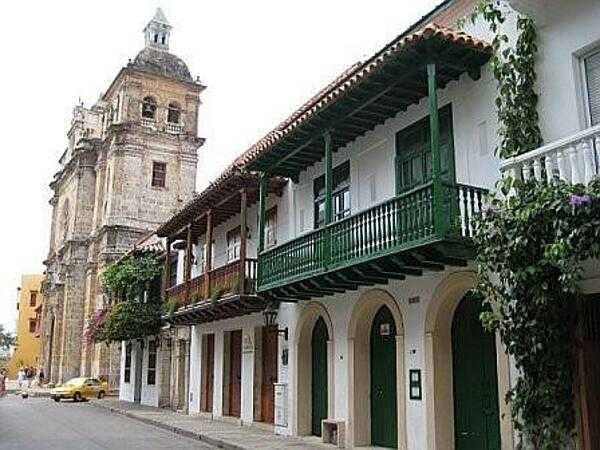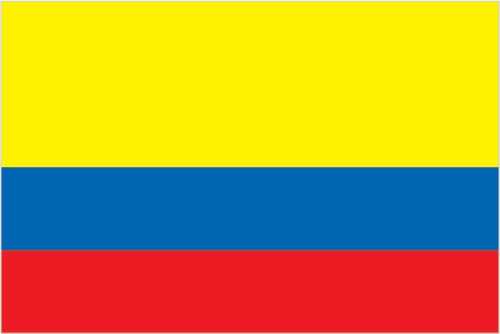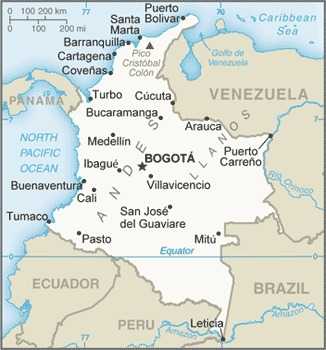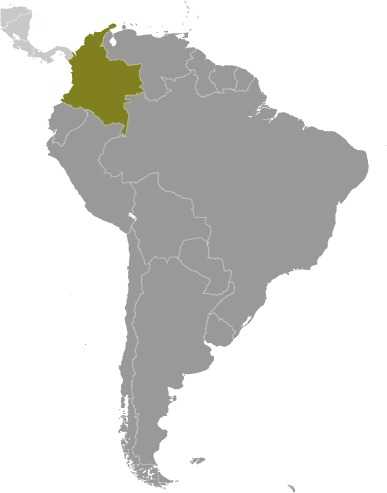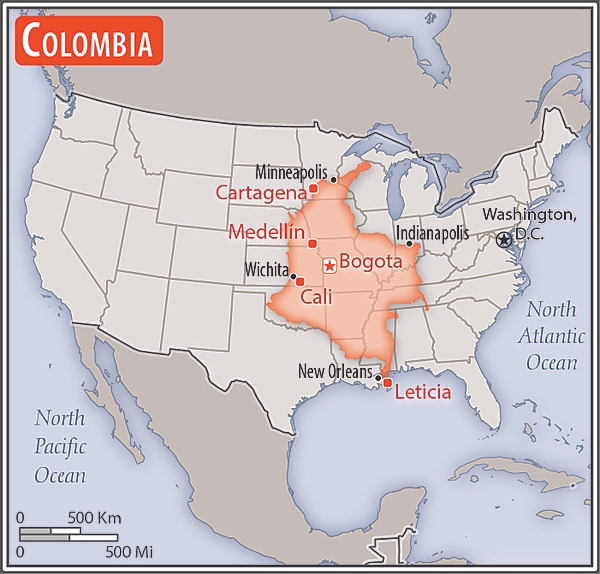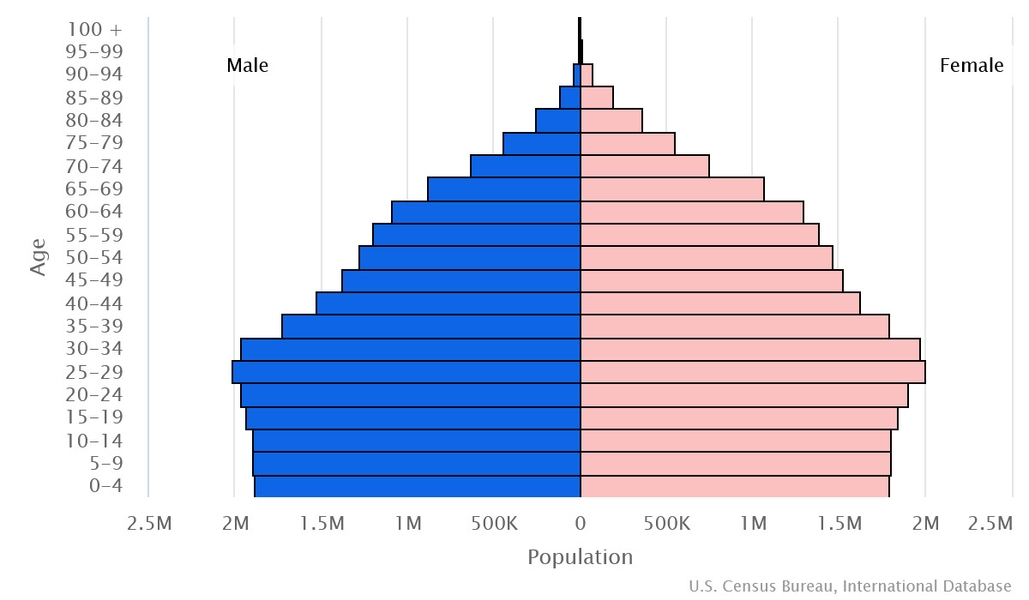Introduction
Visit the Definitions and Notes page to view a description of each topic.
Geography
People and Society
Population
comparison rankings: total 30; female 29; male 30
Languages
Median age
comparison ranking: total 114
Population growth rate
comparison ranking: 152
Birth rate
comparison ranking: 112
Death rate
comparison ranking: 91
Net migration rate
comparison ranking: 168
Maternal mortality ratio
comparison ranking: 80
Infant mortality rate
comparison ranking: total 114
Life expectancy at birth
comparison ranking: total population 134
Total fertility rate
comparison ranking: 114
Obesity - adult prevalence rate
comparison ranking: 78
Alcohol consumption per capita
comparison ranking: total 93
Tobacco use
comparison ranking: total 143
Children under the age of 5 years underweight
comparison ranking: 81
Education expenditures
comparison ranking: 81
Environment
Revenue from forest resources
comparison ranking: 110
Revenue from coal
comparison ranking: 8
Government
Economy
Real GDP (purchasing power parity)
comparison ranking: 32
Real GDP growth rate
comparison ranking: 178
Real GDP per capita
comparison ranking: 107
Inflation rate (consumer prices)
comparison ranking: 188
GDP - composition, by sector of origin
comparison rankings: services 112; industry 99; agriculture 84
Industrial production growth rate
comparison ranking: 178
Labor force
comparison ranking: 26
Unemployment rate
comparison ranking: 162
Youth unemployment rate (ages 15-24)
comparison ranking: total 66
Gini Index coefficient - distribution of family income
comparison ranking: 3
Public debt
comparison ranking: 58
Taxes and other revenues
comparison ranking: 137
Current account balance
comparison ranking: 192
Reserves of foreign exchange and gold
comparison ranking: 42
Debt - external
comparison ranking: 9
Energy
Electricity
comparison rankings: transmission/distribution losses 172; imports 98; exports 65; consumption 39; installed generating capacity 49
Carbon dioxide emissions
comparison ranking: total emissions 44
Energy consumption per capita
comparison ranking: 118
Communications
Telephones - fixed lines
comparison ranking: total subscriptions 21
Telephones - mobile cellular
comparison ranking: total subscriptions 20
Broadband - fixed subscriptions
comparison ranking: total 27
Transportation
Merchant marine
comparison ranking: total 74
